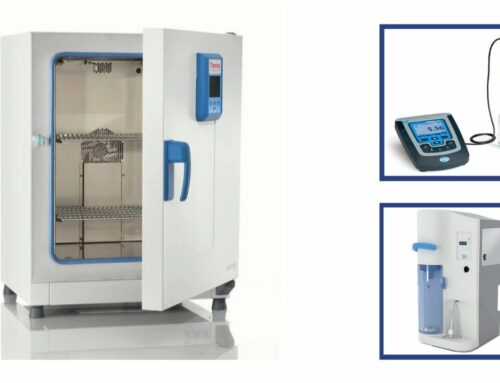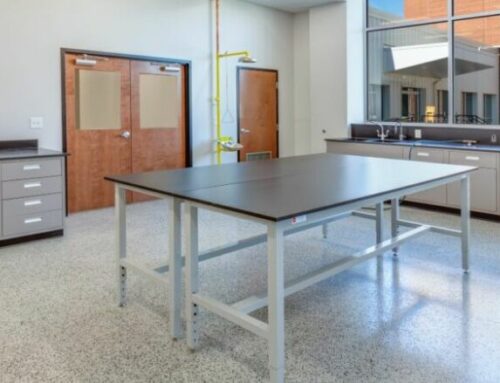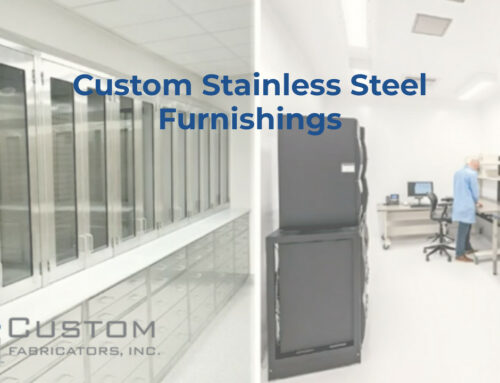Food Microbiology Lab Equipment List:
There are numerous tools and types of equipment that you can use in a food microbiology laboratory. Some tools are absolutely essential to the success of daily operations. Below, we’ll cover a list of those tools so that you will have your first inventory list to get started.
The Food Microbiology Lab Equipment List You Need
1. Hot Plate
These tools are used just as they sound. Scientific hot plates are essentially used to heat samples that may be contained in flasks, vials, or glass beakers.
Hot plates are often more useful than Bunsen Burners because they are flat surfaces and provide better direct heating control. They can also better simulate a heat bath. Hot plates can also be controlled at precise temperatures.
2. Water Distiller
Distilled water is often used to eliminate any impurities that might be found in tap water that may influence the results of experiments. The distillation process will kill organic matter and remove impurities and minerals.
Water distillers are a must if for controlling inputs on tests and liquid substances projects.
3. Analytical Balance
Using analytical balances in your laboratory will allow you to accurately weigh samples and precipitates. These balances can provide precise measurements to four decimal places and are essential tools for quantitative analysis.
4. Humidity Chamber
A humidity chamber can be used for product testing. This tool will control humidity and temperature conditions at different set points.
Simulates a wide range of temperature and humidity, so products can be tested in a simulated environments.
5. Drying Oven
Drying ovens are very versatile and can be used for multiple tasks. These include temperature testing or any experiment that may be sensitive when it comes to incubating temperature. It is also possible to sterilize equipment at high temperatures.
This tool can be applied to polyamide baking and dehydrating.
7. Sterilizer
Sterilizers will assist you with approaching any type of contaminated food, different surfaces, or even equipment that might be potentially harmful. Sterilizers can be directly used to eliminate bacteria, endospores, fungi, parasites, and even viruses.
8. Incubators
This equipment is used to maintain cell cultures and is used to grow them. They come in different sizes as well as models, so that you will have a large variety to choose from for your lab space. They have multiple applications including testing of different foods and beverages, providing heat storage as well as incubation.
9. Autoclaves
Necessary in a food microbiology lab, this tool is usually operated at a high temperature and pressure. It is used to kill microorganisms and spores. The purpose of this tool is to decontaminate biological waste and to assist with sterilization for different instruments that you might use in your lab.
12. Microcentrifuge
A centrifuge Is what you would use to separate fluids or gases. Centrifugation itself assists in separating mixtures of two or more phases. It also allows you to distinguish between small differences in the makeup of samples.
13. pH-meter
Acidity is used to preserve foods a lot of the time and this is why pH meters are generally required to confirm that levels of acidity are correct within each product. These are beneficial for food processors that you may be used to make certain food products.
14. Glassware Washers
While handwashing is common in many labs, it is not the most economical solution for handling more significant quantities of labware. Glasswashers are automated lab equipment designed to wash and dry laboratory glassware such as beakers, test tubes, flasks, etc.
They are a vital part of a food laboratory as they improve cleaning consistency, increase efficiency, and are cost-effective.
There are many glassware washers, including front-loading washer/dryer units, under-counter, freestanding and portable models.
When choosing a glasswasher for your lab, features to keep in mind include the cleaning mechanism, washing temp range, and drying method. Other features to look at include noise levels, wash cycles/programs, energy and water efficiency, and network compatibility.
Getting Started
From laboratory design and build to laboratory renovation, retrofits, furniture, and equipment, Custom Fabricators, Inc. does the heavy lifting, so you can focus on your lab’s operations. For additional assistance and guidance on how to get started working with a highly knowledgeable lab equipment supplier that provides the latest lab equipment, contact our team.






